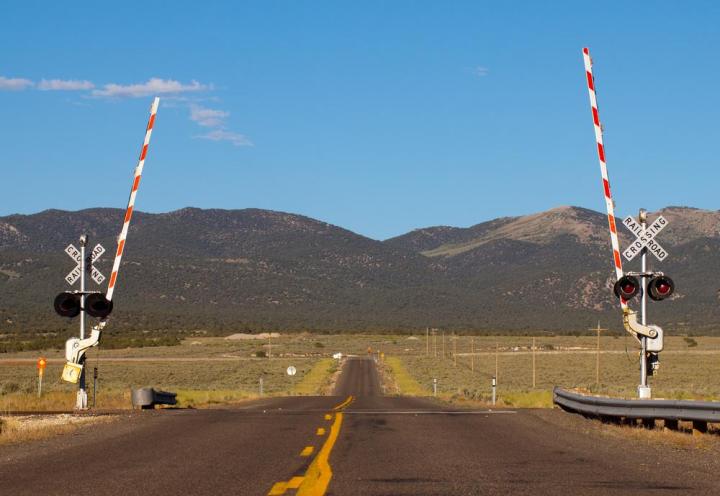
Grade crossings are referred to those intersections where a railway line crosses a road or path at the same level, unlike a bridge or tunnel, in which it would cross above or below. Currently there are roughly 130,000 public and 85,000 private grade crossings in the U.S.
While accidents at crossings have declined by over 80 percent from the 1970s to now, the number of incidents increased 9 percent just last year. Total injuries from rail collisions were 843 in 2014, which was down from 972 in 2013. However fatalities increased from 232 to 270 during the same time frame, according the FRA’s online database.
These types of accidents are usually caused by driver inattention and error, according to the agency. Often times there is only a crossing sign to warn drivers instead of gates and blinking lights.
Drivers often rely on their smartphones for directions, and Google Maps is by far the most popular and available on both Android and iOS devices. Including railroad crossings is only part of the picture because drivers will also get notified when they approach a crossing or if there are any within the planned route. The Department of Transportation already shows every rail crossing in the Rail Crossing Locator app, but drivers aren’t alerted.
“We’re happy to help the Federal Railroad Administration as we’re always looking for new ways to make maps useful to our users,” said Mara Harris, a Google spokeswoman.
This partnership with Google is likely to spur additional announcements. The agency has already reached out to Apple, MapQuest, TomTom, and Garmin.
Joyce Rose, president of Operation Lifesaver, a rail safety educational group said “It’s another tool in the toolbox to make the public safer. This is going to help raise awareness about where crossings are and, hopefully, remind drivers to act safely as they approach.”
The announcement didn’t provide a timeline on when to expect this feature to roll out to Google Maps users, but stay tuned to Digital Trends because we will let you know as soon as more details are released.

